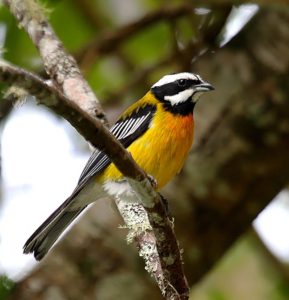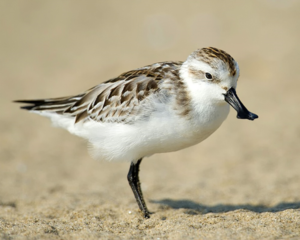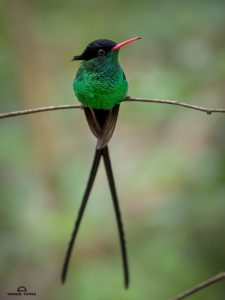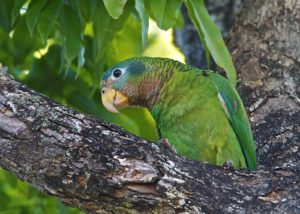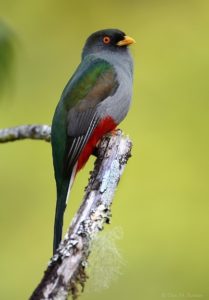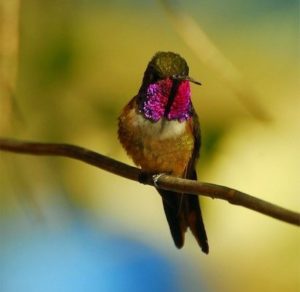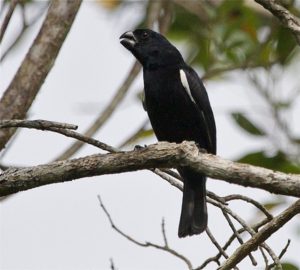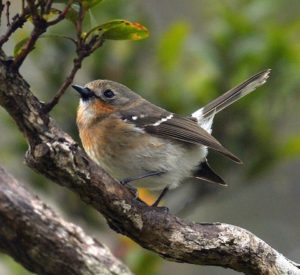AVITOURISM
The Avitourist’s Guide to Central Thailand
In December 2019 and January 2020, I spent six weeks in Bangkok for family reasons, and was able to visit most of the widely known birdwatching sites in central Thailand. I report here on 21 magnets for avitourism. All are within three hours’ drive of the Bangkok metropolitan area. More…
Bang Kachao. Selected as “Asia’s best urban oasis” in one survey, Bang Kachao is a peculiar anomaly: a floodplain forest directly across the river from downtown Bangkok…
Bang Phra. The eastern shore of Bang Phra Reservoir in Chon Buri is a wildlife refuge that contains an interesting mosaic of habitats, supporting a high diversity of birds…
Khok Kham. The most accessible location where Spoon-billed Sandpiper has been seen reliably in recent years is a set of salt pans about 30 km southwest of Bangkok…
The Avitourist’s Guide to Jamaica
For birdwatchers, Jamaica is a target-rich environment. Its 30 endemic species rank 16th among countries worldwide. Compared to the other large Caribbean islands, Jamaica offers the best odds of a clean sweep, as none of its endemics is especially difficult to find. It is even possible (though not likely) to find all of these birds at a single site. More…
Ecclesdown Road. In the foothills of the John Crow Mountains, this is the only place where all of Jamaica’s endemic bird species have been seen…
Hardwar Gap. Just 45 minutes from Kingston, this is the most accessible cloud forest in Jamaica, and home to most of its endemics…
Stewart Town. A short drive from Montego Bay, Falmouth, and Ocho Rios, this is the most convenient site in Cockpit Country…
San San. Combining a seaside vacation with ecotourism at a single site…
Ring-tailed Pigeon / Crested Quail-Dove / Chestnut-bellied Cuckoo / Jamaican Lizard-Cuckoo / Jamaican Owl / Jamaican Mango / Red-billed Streamertail / Black-billed Streamertail / Jamaican Tody / Jamaican Woodpecker / Black-billed Parrot / Yellow-billed Parrot / Jamaican Parakeet / Small Jamaican Elaenia / Large Jamaican Elaenia / Jamaican Pewee / Sad Flycatcher / Rufous-tailed Flycatcher / Jamaican Becard / Jamaican Vireo / Blue Mountain Vireo / Jamaican Crow / “Jamaican Solitaire” / White-eyed Thrush / White-chinned Thrush / Jamaican Euphonia / Jamaican Oriole / Jamaican Blackbird / Arrowhead Warbler / Jamaican Spindalis / Orangequit / Yellow-shouldered Grassquit
The Avitourist’s Guide to the Dominican Republic
Hispaniola is the central land mass of the West Indies. It has the highest mountains, the largest lakes, and the longest rivers in the region. So it is not surprising that it also has the most endemic birds, with 36 (or so) species that are confined to the island and its satellites. All but two of Hispaniola’s endemics can be found in the southwestern corner of the Dominican Republic. More…
Zapotén. At the crest of the Sierra de Bahoruco, this remote site and the road up to it can produce nearly all of Hispaniola’s endemic bird speciess…
Alcoa Road. Unique in the Sierra de Bahoruco, this relic of an old bauxite mine provides quiet, paved, easily drivable access to prime mountain forest habitat….
Rabo de Gato Trail. A remarkably productive path through a patch of streamside woodland tucked into a valley in the parched northern foothills of the Sierra de Bahoruco…
Sabana de la Mar. The largest remaining humid lowland forest on Hispaniola is the last stronghold of Ridgway’s Hawk…
Ridgway’s Hawk / “Hispaniolan Sharp-shinned Hawk” / White-fronted Quail-Dove / Bay-breasted Cuckoo / Hispaniolan Lizard-Cuckoo / Ashy-faced Owl / “Hispaniolan Burrowing Owl” / Least Pauraque / Hispaniolan Nightjar / Hispaniolan Mango / Hispaniolan Emerald / Hispaniolan Trogon / Narrow-billed Tody / Broad-billed Tody / Antillean Piculet / Hispaniolan Woodpecker / “Hispaniolan Kestrel” / Hispaniolan Parrot / Hispaniolan Parakeet / Hispaniolan Elaenia / Hispaniolan Pewee / Hispaniolan Kingbird / Flat-billed Vireo / Hispaniolan Palm Crow / White-necked Crow / Golden Swallow / La Selle Thrush / Palmchat / Hispaniolan Crossbill / Antillean Siskin / Hispaniolan Euphonia / Hispaniolan Oriole / Black-crowned Palm-Tanager / Gray-crowned Palm-Tanager / White-winged Warbler / Green-tailed Warbler / Hispaniolan Spindalis / Western Chat-Tanager / Eastern Chat-Tanager
More Caribbean Destinations
Bahamas
At least seven species are endemic to the Lucayan Archipelago (i.e., the Bahamas plus Turks & Caicos), along with six distinct forms that may eventually be recognized as full species. The archipelago supports several more species and distinct forms that occur elsewhere only in Cuba.
Grand Cayman is home to two endemic species—including the recently recognized Grand Cayman Bullfinch—and four endemic forms that may eventually be recognized as full species. All can be found in a morning at Queen Elizabeth II Botanic Park or walk along the Mastic Trail. More…
AVIFAUNA
Hawaii’s avifauna has suffered enormous losses to extinction, but still retains 31 endemic bird species, plus a few distinctive subspecies (including one that is possibly a species). More…
At least 32 species of Hawaiian birds that survived into the modern era have since gone extinct, along with two others whose status as separate species or subspecies is unsettled. More…
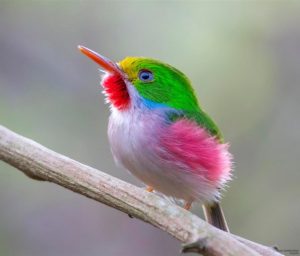
The todies are five similar species that occur only in the Greater Antilles: Cuba, Jamaica, Hispaniola, Puerto Rico, and their satellites. All are approximately four inches long, with large heads, round bodies, long bills, ruby-red throats, brilliant green upperparts, and rosy or yellow tufts on their flanks.

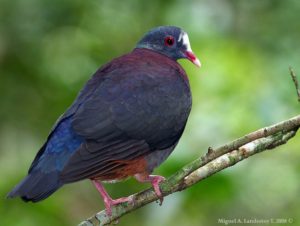
The Caribbean islands support seven species of quail-doves, two endemic to Cuba, one endemic to Jamaica, and one endemic to Hispaniola. Two of the others are endemic to the West Indies. The seventh, the Ruddy Quail-Dove is widely distributed through the Neotropics, including most of the West Indies.
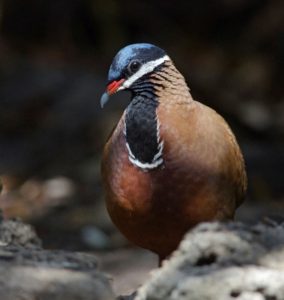
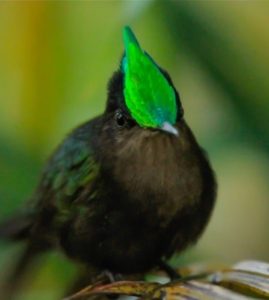
Most of the twenty or so species of hummingbirds that occur in the West Indies are endemic, including the world’s smallest bird, the Bee Hummingbird, the spectacularly long-tailed streamertails, and oddities such as the Antillean Crested Hummingbird.

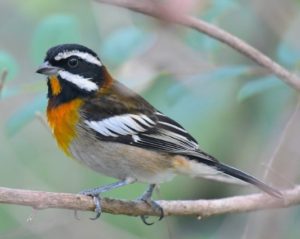
The Caribbean-endemic spindalises were long regarded as races of a single species, the Stripe-headed Tanager, as the males all have bold black-and-white stripes on the head. Now they are regarded as a family of somewhere between four and eight species.
